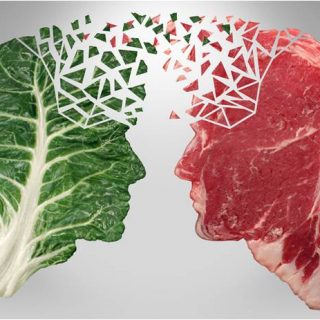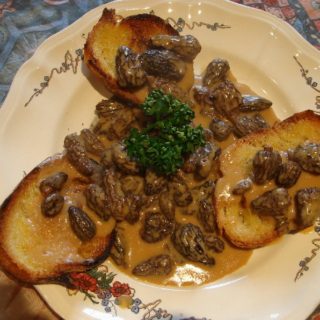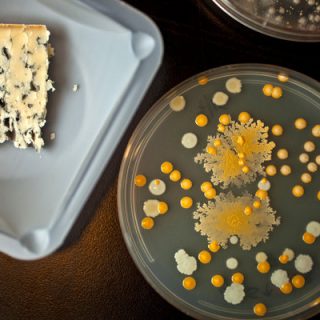
In May 2017, Okja was presented in official competition at the Cannes Film Festival. The film by South Korean director Bong Joon-ho, and produced by Netflix, is an allegorical tale and fable about the ambiguous status of “meat” in our societies today.
The film features Mija, a twelve year-old girl and her grandfather who is a peasant in the green South Korean mountains. He is charged by Mirando, a multinational company specializing in agrifood technologies, to raise a “superpig”- a hybrid animal, born out of a genetics labs that is half pig and half cow. It represents the ultimate product of a meat industry in search of the “perfect” animal that fattens in record time, doesn’t pollute, costs almost nothing, and tastes really delicious. But everything goes wrong when Mija becomes fond of Okja (the “superpig”) and does everything she can to enable him to escape his destiny.Throughout Okja, we follow Bong Joon-ho, through an array of images and complex emotions, while we track the economic logic of meat production that ultimately reveals the contradictions of a humanity that wishes to protect animals while simultaneously devouring them.
 These contradictions form what is called “cognitive dissonance.” What’s cognitive dissonance all about? The term was initially coined in 1957 by Leon Festinger, an American social psychologist and professor at Stanford University, in his classic book, A Theory of Cognitive Dissonance. “Cognitive dissonance” occurs when facts or behaviors contradict our beliefs. This situation creates a tension, a psychological discomfort that we seek to eliminate. According to Festinger, individuals reduce this “tension” by adjusting their opinions or beliefs relative to their behavior – not the other way around. In other words, individuals change beliefs more easily than behavior.A classic illustration of cognitive dissonance is found in Aesop’s fable, “The Fox and the Grapes.” In this story, a sly fox desires to eat grapes that are out of his reach. Because the fox is unable to reach them, he ultimately decides the grapes are not worth eating, based on the justification that they are probably not ripe. “Here I am wearing myself out to get a bunch of sour grapes that are not worth gaping for,” he says.
These contradictions form what is called “cognitive dissonance.” What’s cognitive dissonance all about? The term was initially coined in 1957 by Leon Festinger, an American social psychologist and professor at Stanford University, in his classic book, A Theory of Cognitive Dissonance. “Cognitive dissonance” occurs when facts or behaviors contradict our beliefs. This situation creates a tension, a psychological discomfort that we seek to eliminate. According to Festinger, individuals reduce this “tension” by adjusting their opinions or beliefs relative to their behavior – not the other way around. In other words, individuals change beliefs more easily than behavior.A classic illustration of cognitive dissonance is found in Aesop’s fable, “The Fox and the Grapes.” In this story, a sly fox desires to eat grapes that are out of his reach. Because the fox is unable to reach them, he ultimately decides the grapes are not worth eating, based on the justification that they are probably not ripe. “Here I am wearing myself out to get a bunch of sour grapes that are not worth gaping for,” he says.
Let’s get back to the meat! Different modes of dissonance reduction are at work in modern society today. Let’s take a look at two examples:
1) “Sarcophagy (the practice of feeding on flesh)” or dissociation which consists of erasing the resemblance between the animal and the flesh of the animal1. It’s a matter of distending the cognitive and emotional link between the meat and the actual slaughtered animal. Nothing in the way the pieces are cut or the manner in which the meat is displayed should remind one of the animal. This explains the wide success of patties, meatballs, and prepared meats ready to be integrated into cooked dishes.
2) “Cognitive Vegetarianism” is a radical reduction of dissonance through a change in behavior, similarly illustrated in the story of Bénédicte Coutheillas, Communication Consultant. She writes, “My father is from Limousin and my mother is from Normandy. So right from the beginning, I’m supposedly a huge meat fan. But three years ago, I started learning about the impact of my meat consumption. Now, when I see a steak, I immediately have a vision of the whole industry: the Amazon forest that was deforested to plant soya to feed the animals, the wasted use of water, the barbarism of slaughtering methods. This is why, I became vegan…”2.
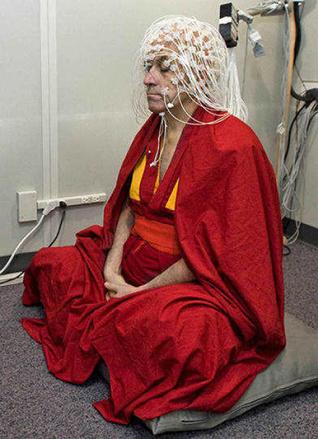 Today, in Silicon Valley, food and neuroscience are often associated with the issue of “individual happiness.” Meditation, mindfulness, and empathy would increase our cognitive (attention span, concentration, creativity), psychological (emotional flexibility, self-regulation of behaviors), and physiological (better regulation of stress by lowering cortisol, increasing neuroplasticity, and slowing neuronal and cellular degeneration) abilities.
Today, in Silicon Valley, food and neuroscience are often associated with the issue of “individual happiness.” Meditation, mindfulness, and empathy would increase our cognitive (attention span, concentration, creativity), psychological (emotional flexibility, self-regulation of behaviors), and physiological (better regulation of stress by lowering cortisol, increasing neuroplasticity, and slowing neuronal and cellular degeneration) abilities.
From Buddha to Vegetarianism 2.0
This inner revolution and reconstruction of the “self” take as a model the practice of meditation and the nourishment of Buddhist monks, believed to open the way to happiness and health. Matthieu Ricard, the French writer and Buddhist monk, was declared “the happiest man in the world” by a team of American neuroscientists led by Richard Davidson of the University of Wisconsin-Madison, after having analyzed in detail the MRI images of the famous Buddhist monk’s brain activity.
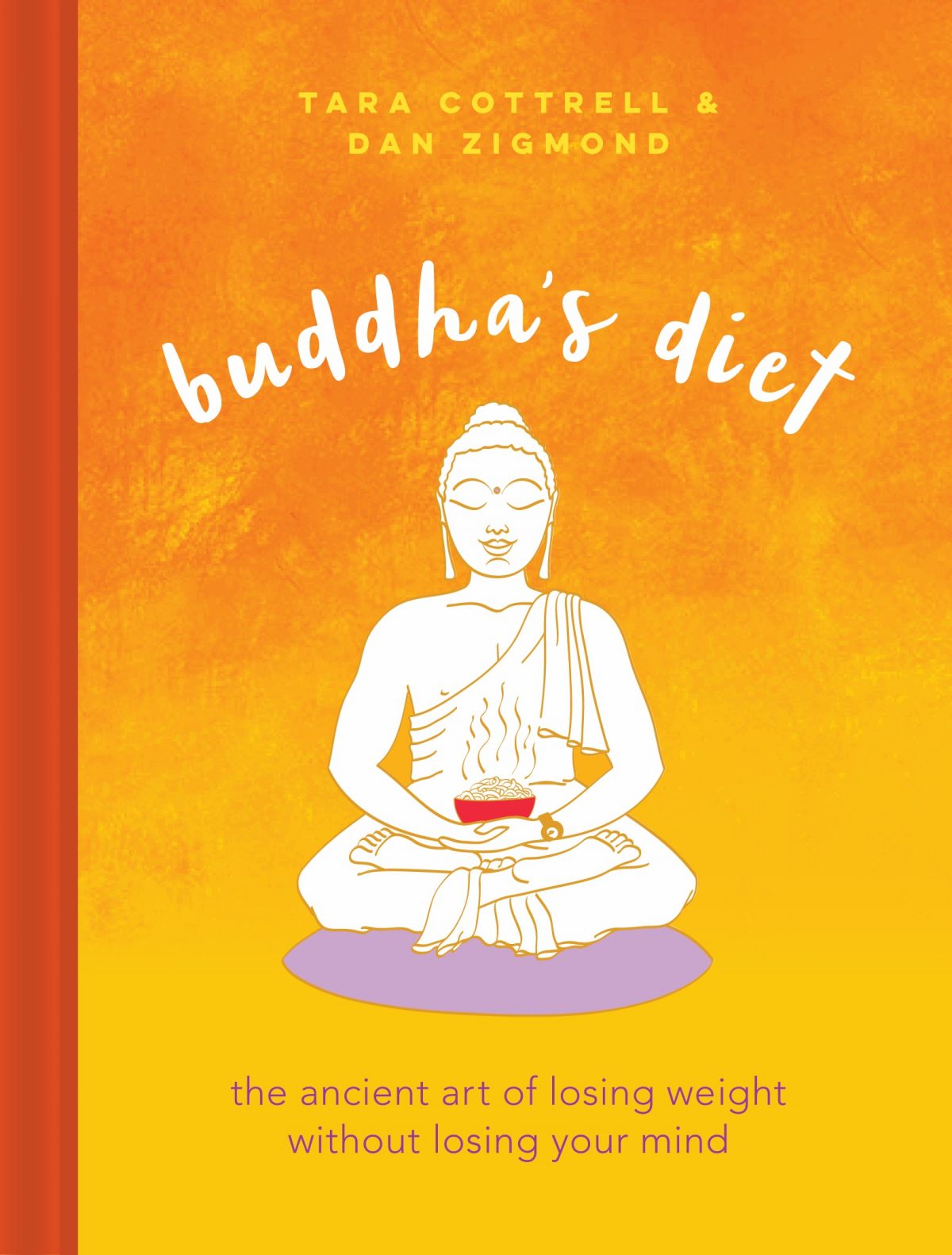 Unsurprisingly, in Silicon Valley the position of Chief Happiness Officer (CHO) has appeared in the organizational chart of many companies. Chade-Meng Tan, nicknamed “Jolly Good Fellow,” was the first to play this role at Google. He designed a series of simple exercises adapted to our pace of life enabling employees to learn to meditate in “full consciousness,” and obtain benefits including relaxation, sharp concentration, creativity, empathy, while reaching the heights of professional and personal potential. Chade-Meng Meng unveils his method directly inspired by Buddhism in his international bestselling book entitled, Search Inside Yourself: The Unexpected Path to Achieving Success, Happiness (and World Peace). When it comes to meals, happiness and “full consciousness” find their expression almost naturally in a “cognitive vegetarianism” or “vegetarianism 2.0.”
Unsurprisingly, in Silicon Valley the position of Chief Happiness Officer (CHO) has appeared in the organizational chart of many companies. Chade-Meng Tan, nicknamed “Jolly Good Fellow,” was the first to play this role at Google. He designed a series of simple exercises adapted to our pace of life enabling employees to learn to meditate in “full consciousness,” and obtain benefits including relaxation, sharp concentration, creativity, empathy, while reaching the heights of professional and personal potential. Chade-Meng Meng unveils his method directly inspired by Buddhism in his international bestselling book entitled, Search Inside Yourself: The Unexpected Path to Achieving Success, Happiness (and World Peace). When it comes to meals, happiness and “full consciousness” find their expression almost naturally in a “cognitive vegetarianism” or “vegetarianism 2.0.”
In 2016, Dan Zigmond, Chief Data Scientist at Facebook, penned a book about Buddha’s diet entitled Buddha’s Diet: The Ancient Art of Losing Weight Without Losing Your Mind. It guides us on a rediscovery of ourselves and the manner of eating in full consciousness, also called mindful eating. In this way of eating, we follow the Buddhist practice (or ritual) of the l’oryōki (応量器), in which the container holds the necessary amount, the bowl of Buddha. In Sino-Japanese characters, l’oryōki designates :
応 ō, the answer of the person who receives the food offering,
量 ryō, the appropriate amount, or quantity that must be received,
器 ki, the bowl.

This attitude toward the act of eating thoughtfully appears on the menus of Parisian and San Franciscan restaurants which more and more often display so called “Buddha Bowls,” a colorful flowering of recipes that can also be found on Instagram and Pinterest. Does the quest for happiness perhaps begin with the quest for cognitive cooking?
Richard C. Delerins is a bio-cultural anthropologist, co-director of the Food 2.0 LAB Paris and associate research scholar at the Sorbonne University – CNRS (ISCC). He recently published, « La Révolution Food 2.0 en Californie : cuisine, génétique et big data », in L’Alimentation demain, CNRS Editions.
_______________
1 Noélie Vialles, “La Viande ou la bête”, Revue Terrains; http://terrain.revues.org/2932
2 “L’ère est à la société de déconsommation”, Le Monde, Sept. 16, 2017.




